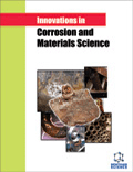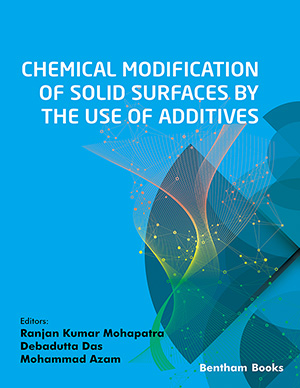Abstract
Background: AZ91D is one of the most widely used die-casting magnesium alloys. The corrosion processes of these materials is complex due to the simultaneous action of metallurgical and surfaces states. Mapping the corrosion behavior in chloride-containing aqueous solutions is of practical interest to guide the safe use of magnesium alloys against deterioration and accompany the evolution of the electrochemical response with time.
Methods: The corrosion behavior was assessed using electrochemical tests consisting of potentiostatic polarization and potentiodynamic polarization for the AZ91D alloy after immersion for up to 7 days in NaCl solutions with different chloride concentrations.
Results: A corrosion map was elaborated using the information obtained from the electrochemical tests. Immunity, passivation and corrosion zones were identified. The chloride concentration strongly affects the passivation range.
Conclusion: The corrosion region becomes wider as the chloride concentration increases at a given applied potential. The surface oxide film is, therefore, protective in the most diluted solutions (0.01 M and 0.03 M) below -1.20 V and becomes more prone to pitting corrosion for more concentrated solutions. The corrosion map evolved from 1 to 7 days of immersion, suggesting that transition between the different zones can be affected by the exposure conditions.
Keywords: AZ91D, chloride concentration, corrosion map, magnesium alloy, potentiodynamic polarization, potentiostatic polarization.
Graphical Abstract
 7
7 1
1 1
1 1
1







